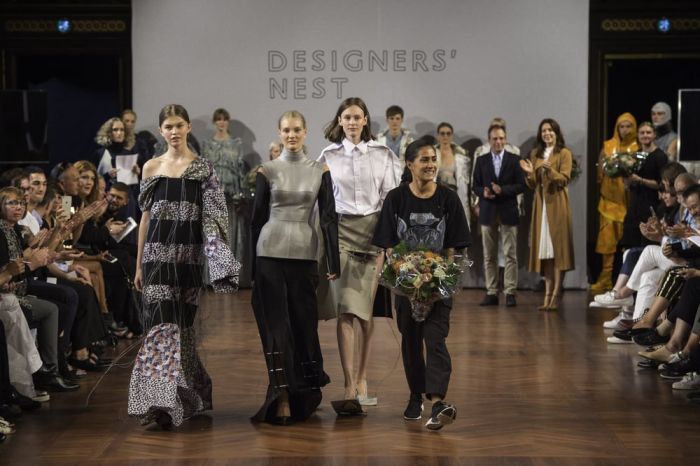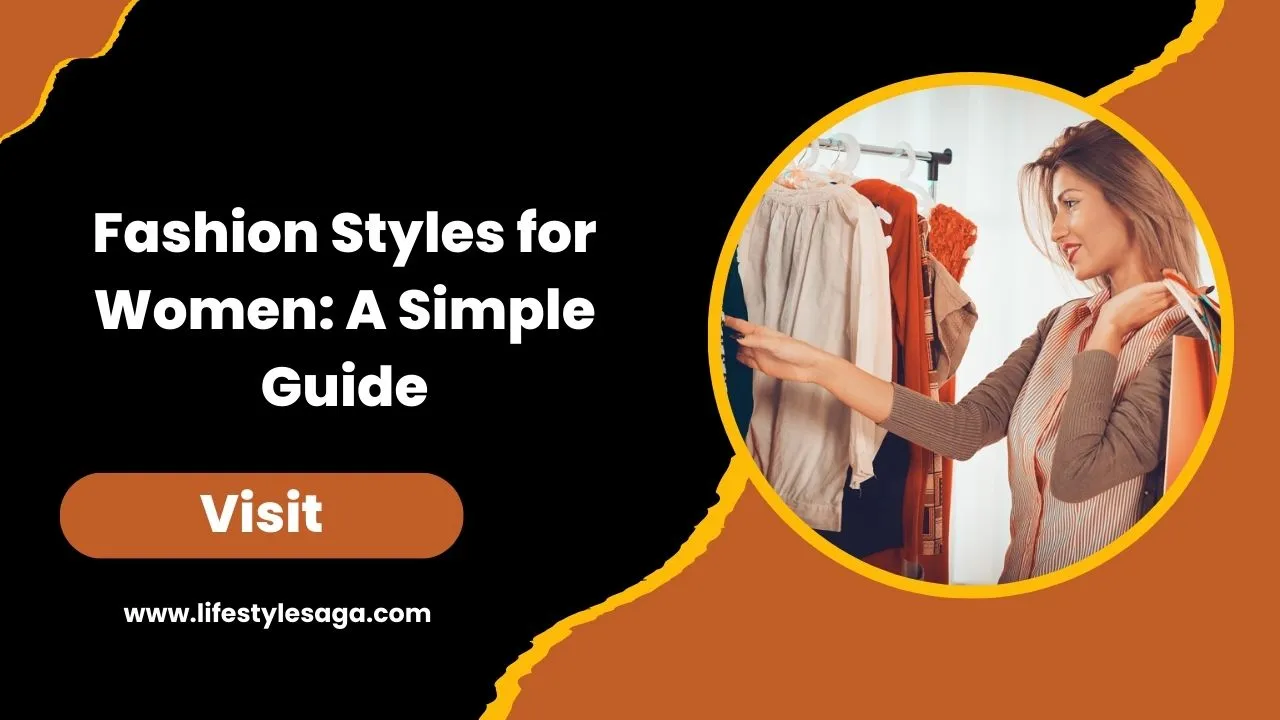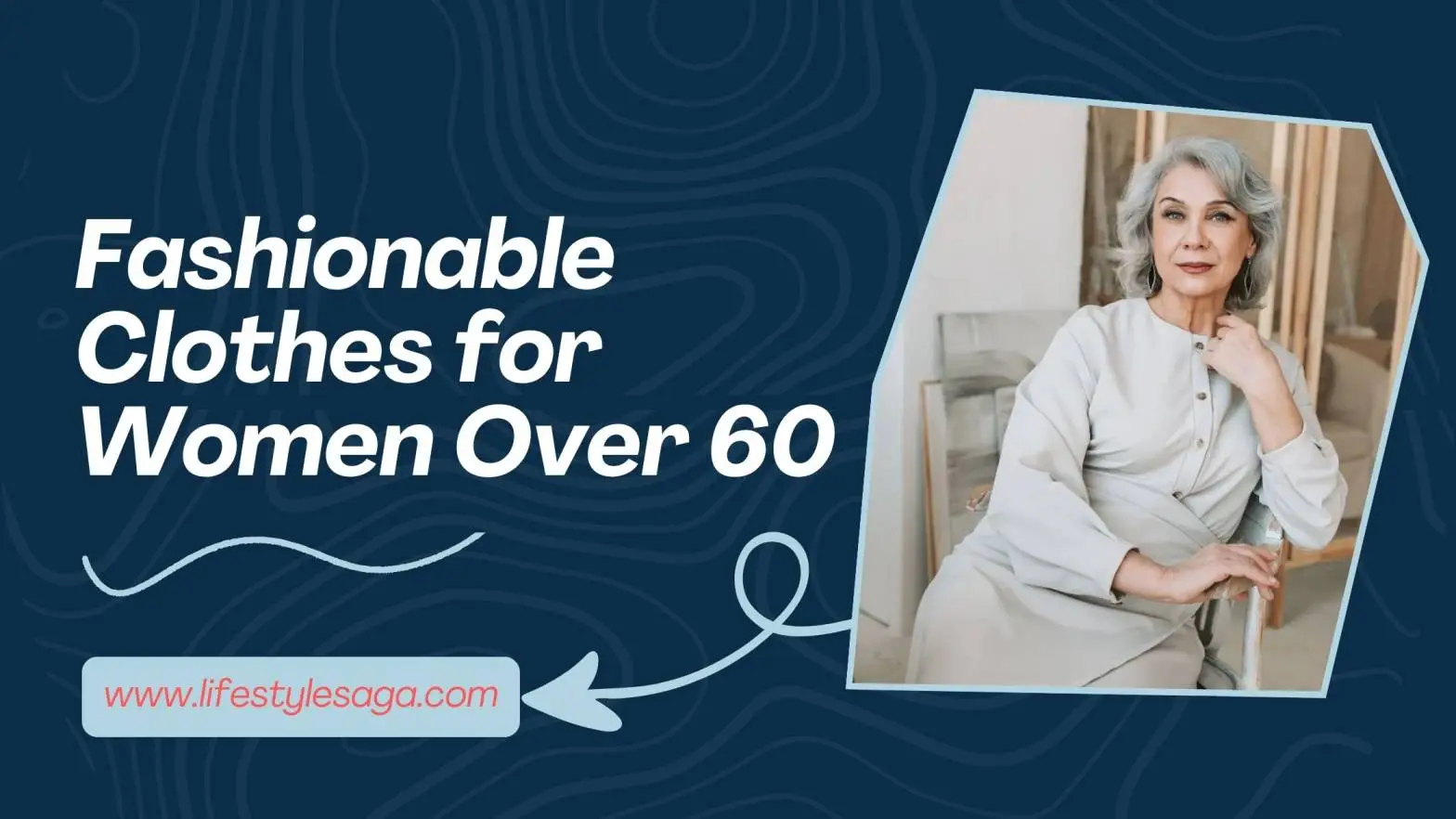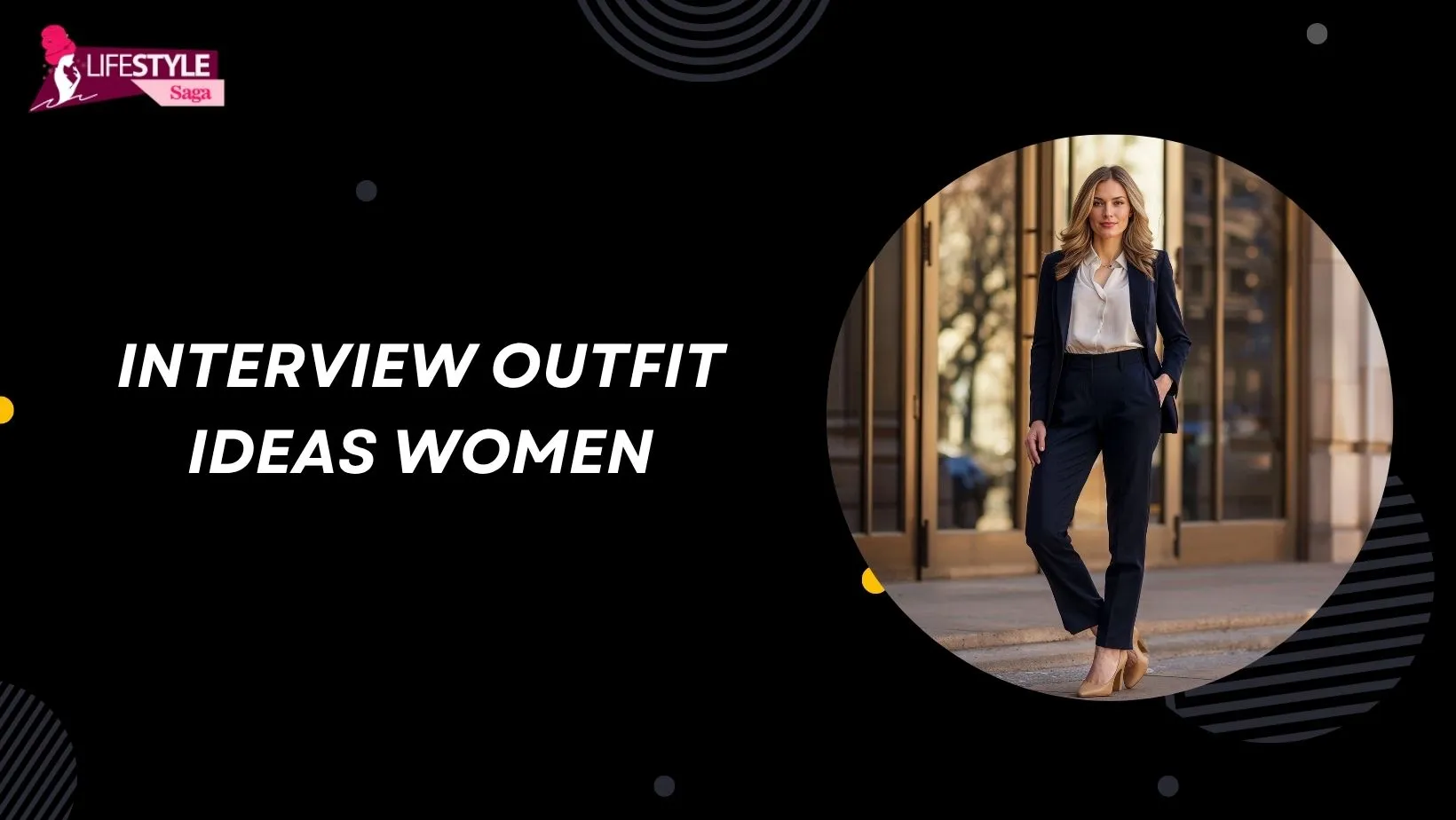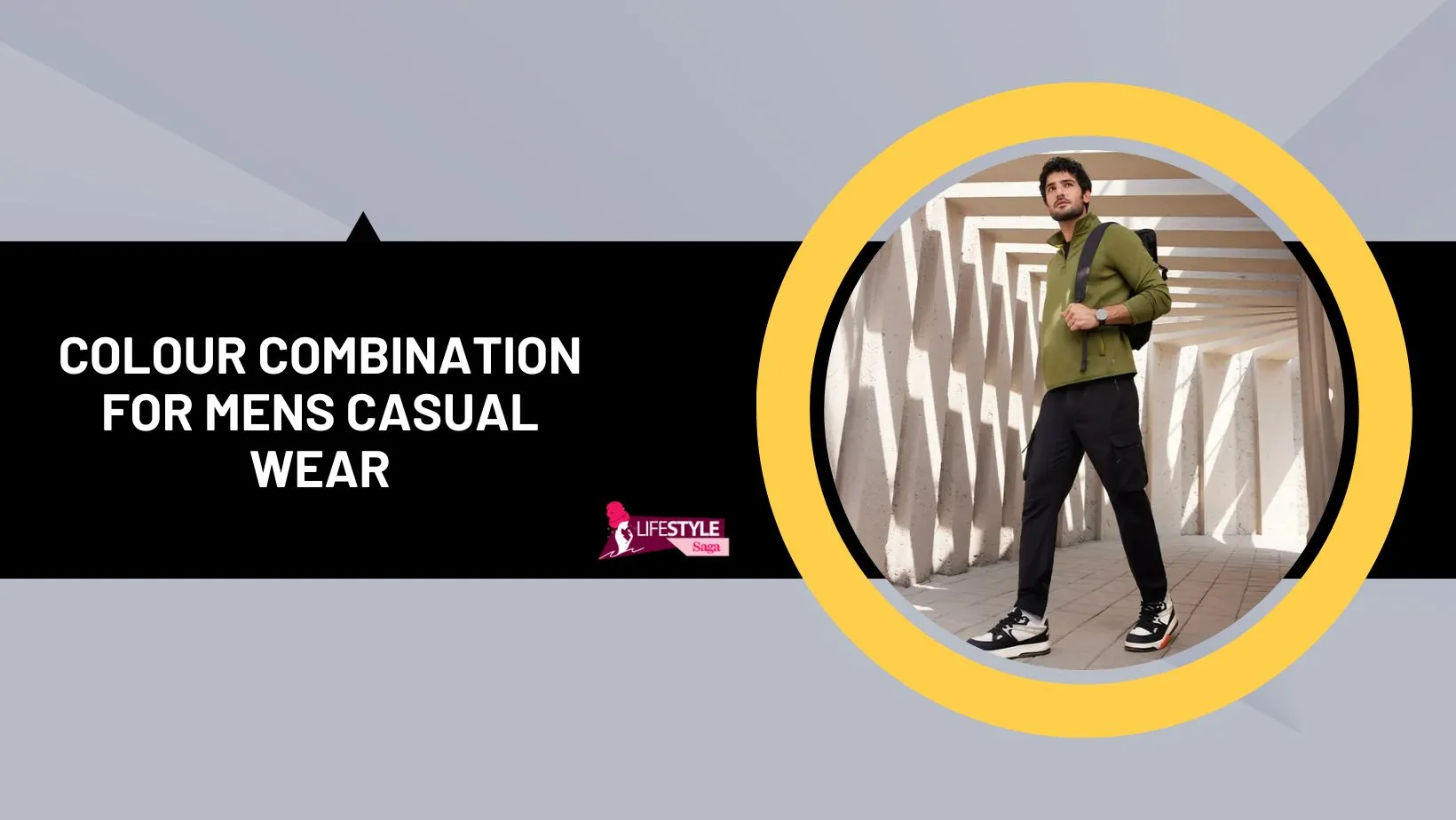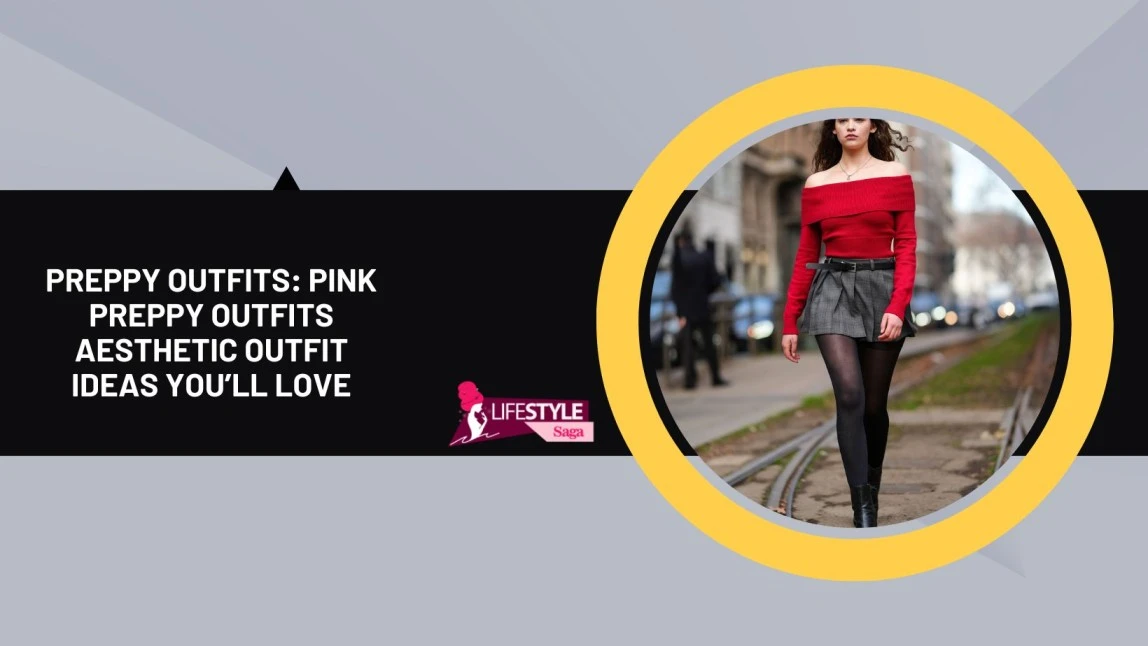The 1930s were a time of classic elegance and sophistication in women's fashion. From the bias-cut dresses typical of the era to tailored suits and wide-brimmed hats, women's fashion of the 1930s was characterized by elegance and sophistication. In this article we will explore the key elements of 1930s fashion, including the popular silhouettes, fabrics and accessories that embodied the style of that decade.
Each When people think of the 1930s, they think of the stock market crash and the Great Depression. The economic boom of the 1920s was over and people had to settle for less in all areas of life.
This reversal of fortune brought inspiring ingenuity as people used everything they had to make their lives more joyful. To help ordinary people escape from everyday life, Hollywood has produced a wave of whimsical films with sumptuous, hopeful stories. Fashion has been heavily influenced by both this DIY spirit and the sophisticated glamor of the movies. Let's dive into the world of 1930s fashion to see these unique styles and the women who wore them!
A New (If Unattainable) Silhouette
The 1930s brought with them a new ideal body type for women. An evolution of the youthful look of the 1920s, the ideal 1930s woman was tall and thin, with a very narrow waist and narrow hips.
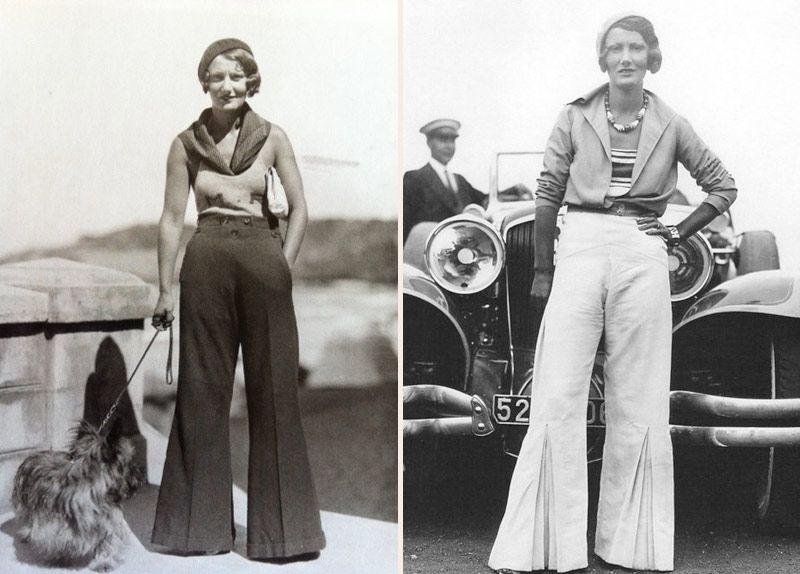
Image Source: google.com
Since the average woman doesn't necessarily have that slim body with a slim waist, the puff or cotton sleeve trend has become fashionable. Butterfly sleeves, hats and wide collars were used to slim the waist.
Time to Cut Costs
To wear some of these new styles, a woman in the 1930s had to be frugal. Ready-to-wear clothing, made cheaply by machine, became popular. Previously, women made custom-made clothing, but mechanical innovations led to cheaper, mass-produced, standard-sized clothing that we still wear today.
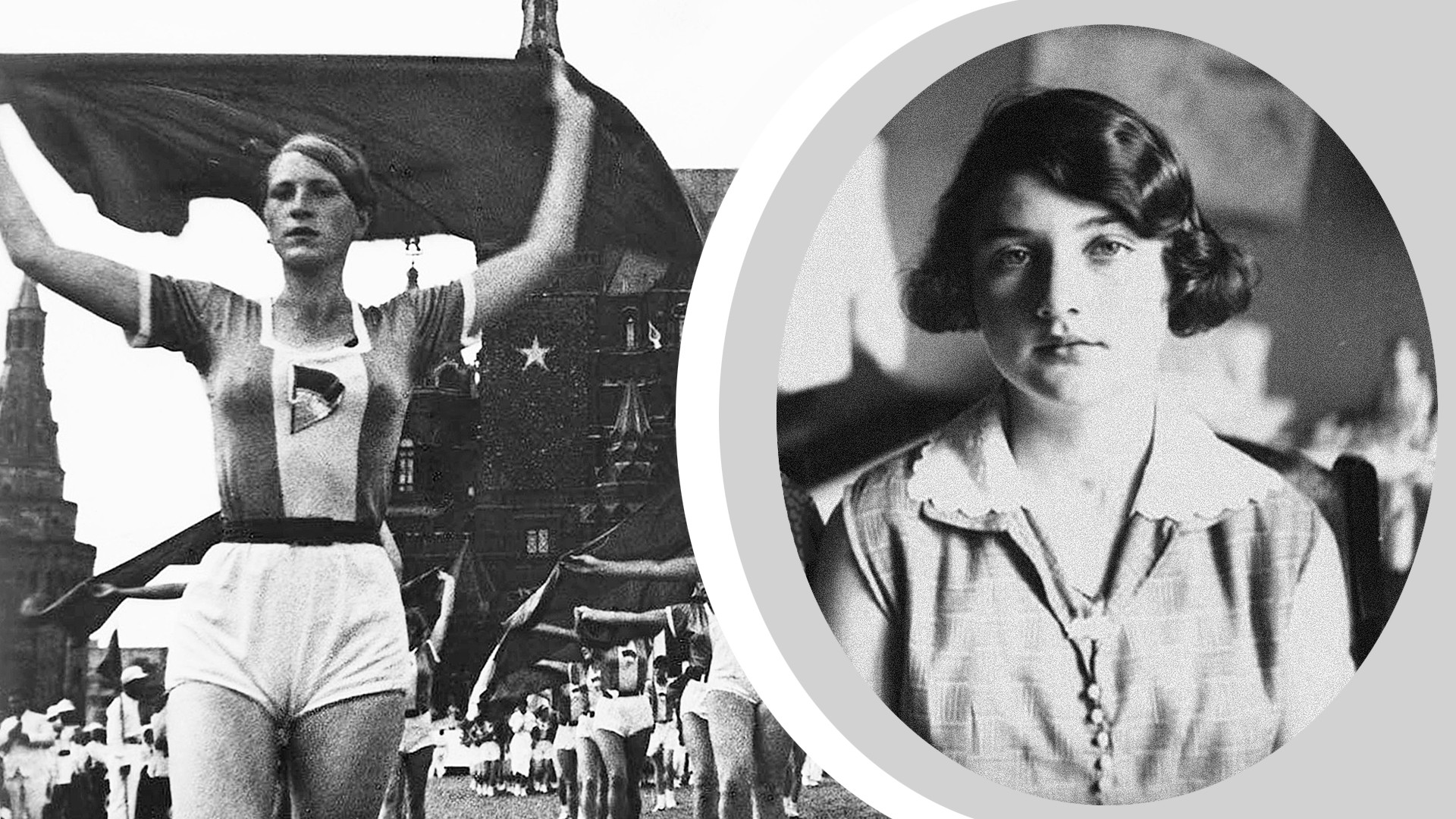
Image Source: google.com
Fabric was also cheaper and many costumes were made from cotton or raw materials. Zippers became fashionable, partly because buttons were more expensive to make and sew.
But it's not because the fabric was as cheap as it was for women . there was a lack of style at the time. At the time, it was considered a woman's duty to look "chic", even on a limited budget. Women turned to commercial sourcing, recycling and sewing their own clothes to ensure they were fashionable and within budget.
Here Are Some of the Main Style Trends of the 1930s That Defined the Decade
Dresses
A woman in the 1930s had to watch every dollar so as not to waste good clothes while staying at home. And in the 1930s, most women were relegated to the domestic sphere, so home clothing became important.
In the casual 1930s women's fashion wore homemade clothes at home to save money. If she didn't know how to sew, it didn't matter to her: the only people who saw her were her friends and her family! A popular look for these dresses was called the "Hooverette" and featured a cinched waist, puffed sleeves, and a slim profile that matched the style of the era. It was easy for a woman to use it at home.
The original material was often purchased in large quantities or reused. Believe it or not, a sack of flour can turn into a dress! Flour bag makers realized that women needed to reuse everything and began printing bags with colorful flowers and designs. Bright, bold and cheerful prints were often chosen. Some even had reasons! Although no woman would carry a sack of flour in public if she could, it was the ideal material for a robe.
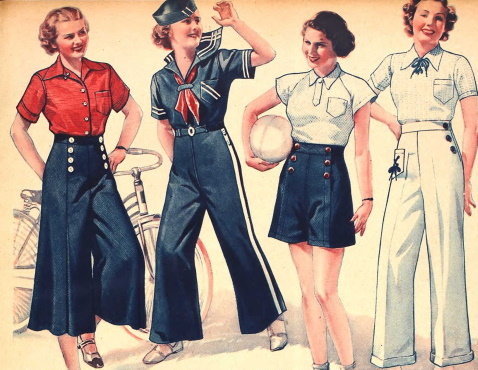
Image Source: google.com
When a woman invests in purchasing fabrics, she must make sure that it is worth it. Double-sided prints were popular because, with skillful sewing, you could get two dresses in one. Let's talk about frugality!
Afternoon Dresses
After a woman left the house, it was important to maintain a "tidy" appearance. So she swapped her home dress for something more professional: an afternoon dress. Here the trends of the time were presented. Long, slim silhouettes (often with ankle-length hemlines) and puffed or draped sleeves to slim the waist were very popular.
Most dresses was accompanied by a matching dress belt. , usually with a bright or contrasting print. The material was also slightly better than a robe. These dresses were usually made of silk crepe or viscose, not cotton. Embroidery or buttons were popular ways to decorate these "urban" clothes.
Evening Dresses
Because luxury was out of reach for the average person in the 1930s, Hollywood released films featuring young stars, monsters, and adventures. Evening wear was influenced by these old Hollywood stars, including Jean Harlow, Ginger Rogers, Katherine Hepburn and Greta Garbo.
The style was long and narrow and made of fabric. . like silk that accentuated every curve until it flared slightly downwards, like a long bell. Puffed and cap sleeves were still in style, and by the end of the decade, halter-neck styles were in fashion. With its understated sensuality, the backless dress is a hallmark of 1930s evening fashion. Today, red carpet style still draws inspiration from these glamorous looks from Old Hollywood.
Women Wear Trousers
While respectable women were still expected to wear dresses, rebellious women already had started using them. I was wearing pants. Definitely decades of comfort and freedom. In the 1930s it was completely normal for a young woman to wear trousers during various outdoor activities. Hiking, picnics, skiing, tennis, or just playing sports were popular places where women wore pants or even shorts. A popular beach look was a swimsuit or thin blouse paired with oversized pants. The nautical-inspired "Sailor Middy" two-piece was a popular "sporty" outfit.
Related Post: A Look Back at Black Women's Fashion in the 80s
The style of the pants was similar to the popular slim silhouette. in clothes. The waist was narrow and high and the trousers were loose to the ankles. Continuing the popular nautical style, a two-button or one-button front and side "nautical" zipper was common.
Tops and Blouses
A suitable complement to wide trousers or a high-waisted skirt. Tops and blouses with ruffles have arrived in women's wardrobes. Blouses were usually made of cotton and had collars or ties to give a formal look. With a plunging neckline, it was common to put a scarf around your neck to give it an elegant touch!
Knitwear was also very popular. Sweaters, knitted tops, and cardigans became popular in the 1930s. Maritime themes were very popular, especially when paired with sailor trousers! Knitwear also often had embellished or worked sleeves to add more femininity.
Add Something Extra
Women of the 1930s were happy to mix and match wherever they could. Adding hats and belts to an old dress was a great way to breathe new life into an outfit without spending a fortune! Women could sew a belt or purchase a matching hat and glove set, creating a completely new look that could be worn over different outfits.
At this time, there was This is result A: lots of matching belts/bags and hats. Bright colors like green or red were popular in these accessories. Even a simple homemade scarf could brighten up a bad day if it had a festive print!
Looking Elegant in Difficult Times
As you can see, the 1930s were a time when I I expected a lot from women, although at the same time there is not much to work with! Whether it was improving diet or fashion, women were expected to make things work, and they did. The fashion and creativity of the 1930s prove that women will thrive even in difficult times.
Although the 1930s had a simpler appearance than previous decades, they stood out for their characteristic elegance and grace. The styles worn by her icons continue to make waves today. And the start of the ready-to-wear trend, in which garments are made quickly and cheaply, allowed subsequent generations to find fun trends more quickly and, ultimately, revolutionized fashion. Despite the Depression and some difficult times, the 1930s were certainly influential and stylish!

